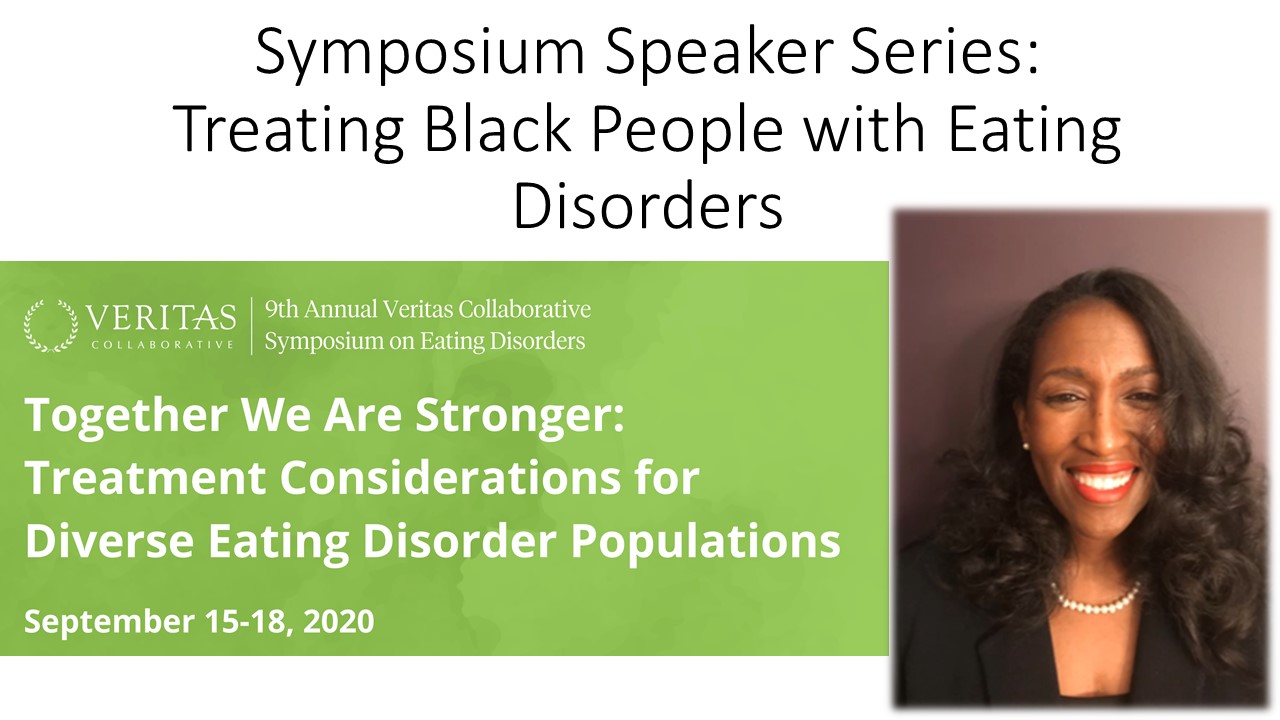Dr. Charlynn Small Headlines 9th Annual Veritas Collaborative Symposium
Charlynn Small, PhD, LCP, CEDS-S, is Assistant Director for Health Promotion at the University of Richmond’s Counseling and Psychological Services (CAPS) in Virginia. Dr. Small is a member of the board of directors of the International Association of Eating Disorders Professionals (iaedpTM). She has spent much of her career advocating for greater awareness of eating disorders among Black women and other people of color. Her co-edited anthology, Treating Black Women with Eating Disorders: A Clinician’s Guide (Routledge, Taylor & Francis) is slated for release in July 2020. We recently sat down with Dr. Small to discuss treatment considerations for Black people with eating disorders, including barriers to care, and the impact of their lived experiences on those disorders.
Veritas Collaborative: This year’s Symposium theme highlights the need for all of us in the field to recognize and understand the unique needs of diverse populations. What do we know about eating disorder prevalence among Black women, in particular?
Dr. Small: Unfortunately, we don’t have accurate numbers on the prevalence. In addition to the fact that relatively few studies have been conducted on these groups, a number of factors contribute to the inaccuracies. Sociocultural models of eating pathology suggest that Black women are well-protected from eating disorders, clinical approaches to classification, conflicting research outcomes, and the extant measures for assessing symptoms and risk factors contribute to the inaccuracies. The challenges with determining the accurate prevalence of the disorders in these groups is complicated by the fact that Black women are not monolithic. They represent a number of diverse cultural backgrounds including Black Americans, Black Haitians, Black Cubans, Black Jamaicans—and more. We’re talking about distinct cultures, traditions, communities, and concerns. However, despite these differences, my experience treating Black women has shown binge-eating to be the eating disorder they struggle with the most as a group.






